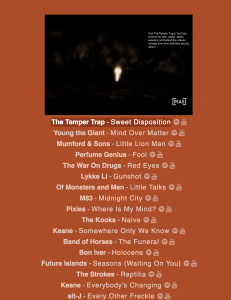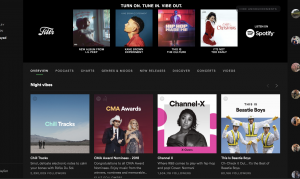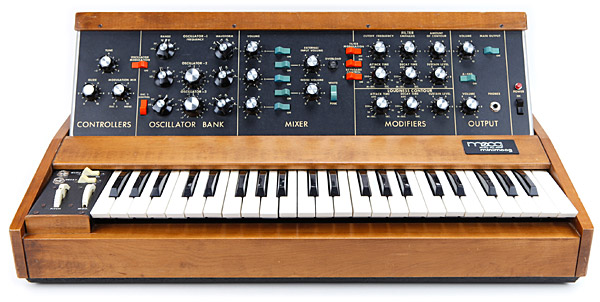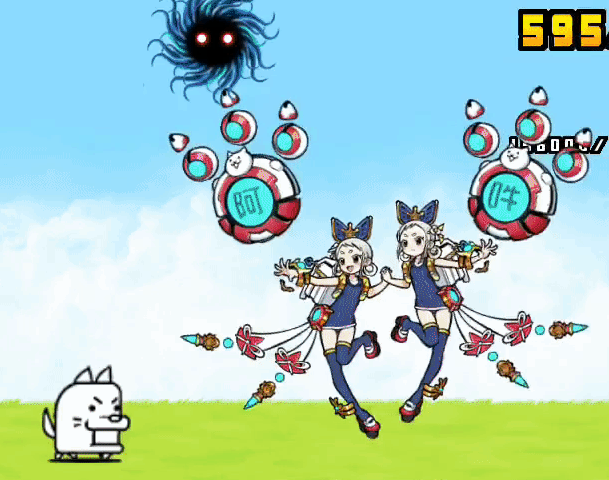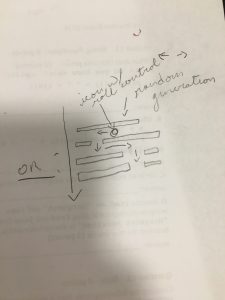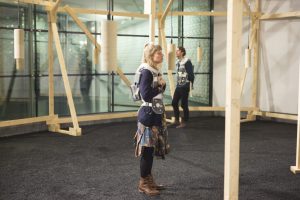The project ‘Rotary tumble’ was created by Muharrem Yildirim and David Tinapple in 2012. The amazing part of the project is that both human action and physical principles are integrated into it. The blurring boundary of the physical world and the virtual world is also one idea that I want to achieve in my final project. In addition, the use of sound in the project also strengthens the visual effect. Thinking about how to improve the project, I feel it’s even better to make the screen touchable, meaning that people can move the shapes with their hands, and more sound effects can be added.
The second project is Dream Catcher created by Oggy (full name and date unknown). The amazing beauty of processing can be fully seen in this project. The common feature of this project with the first one and also what interests me the most is that they both imitate natural principles, which in this one is the flow of wind. What I feel missing in the project is sound. Compared to the first one, this one can be seen both as an interactive project and merely a visual project. But both of the projects are very inspiring to my final project.
![[OLD FALL 2018] 15-104 • Introduction to Computing for Creative Practice](https://courses.ideate.cmu.edu/15-104/f2018/wp-content/uploads/2020/08/stop-banner.png)

